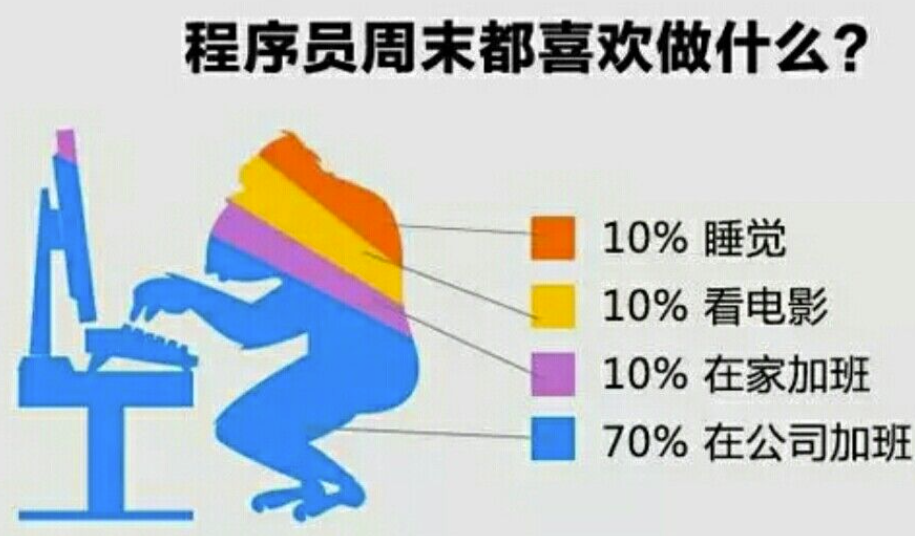Booting Linux on a physical CPU involves several steps, from hardware initialization to loading the kernel and starting user processes. Here’s a high-level overview of the process:
BIOS/UEFI Initialization:
- When you power on the machine, the BIOS (Basic Input/Output System) or UEFI (Unified Extensible Firmware Interface) firmware is executed.
- It performs POST (Power-On Self Test) to check hardware components like RAM, CPU, etc.
- It initializes system settings and configures hardware.
Bootloader Stage:
- The BIOS/UEFI locates the bootloader, which is usually stored in the Master Boot Record (MBR) or GUID Partition Table (GPT).
- Common bootloaders include GRUB (GRand Unified Bootloader), LILO (Linux Loader), or systemd-boot.
Loading the Kernel:
- The bootloader loads the Linux kernel into memory along with an initial RAM disk (initrd/initramfs), if used.
- It also passes control to the kernel by jumping to its entry point.
Kernel Initialization:
- The Linux kernel initializes various subsystems: memory management, process management, device drivers, file systems, etc.
- It detects hardware devices using built-in drivers or modules and sets up communication with them.
Running init Process:
- After initialization, the kernel starts the first user-space program called
init(or its modern replacements likesystemd). - This process has PID 1 and is responsible for starting all other processes in user space.
- After initialization, the kernel starts the first user-space program called
User Space Initialization:
- The
initsystem reads configuration files to start essential services and daemons based on runlevels or targets defined in the configuration.
- The
Login Prompt:
- Finally, users can log into their system via terminal interfaces or graphical login managers.
Additional Considerations
- Ensure that your BIOS/UEFI settings are configured correctly for booting Linux (e.g., enabling legacy support if necessary).
- If you’re dual-booting with another OS like Windows, ensure proper partition management to avoid data loss.
If you need more detailed information about any specific part of this process or have questions regarding troubleshooting issues while booting Linux, feel free to ask!
内容由零声教学AI助手提供,问题来源于学员提问


![驱动代码
void kalRxTaskletSchedule(struct GLUE_INFO *pr)
{
static unsigned int num = 0;
tasklet_hi_schedule(&pr->rRxTask[(num++)%NR_CPUS]);
// tasklet_hi_schedule(&pr->rRxTask);
DBGLOG(HAL, ERROR,](https://linuxcpp.0voice.com/zb_users/upload/2023/05/202305162226144313964.png)

















